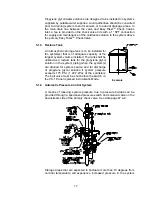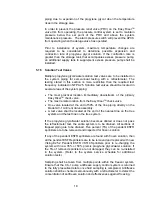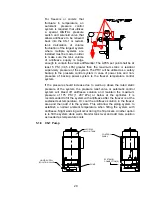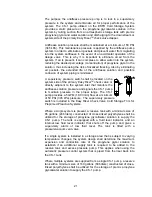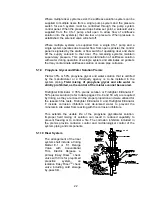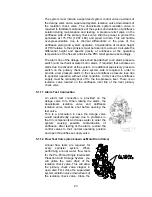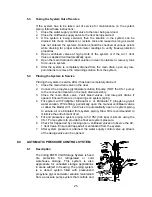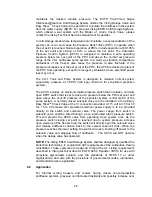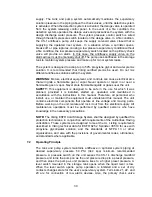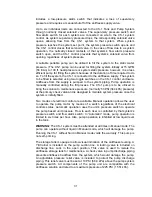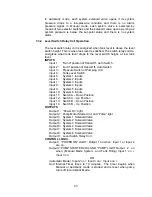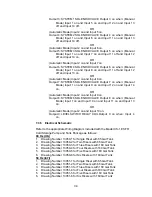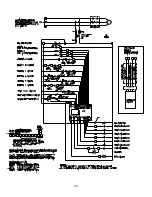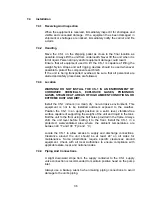
27
the PRV that protects the sprinklers at the ceiling at 175 PSI (1206kpa)
maximum. The APCS is required in order to eliminate operation of the PRV. For
warehouses with 40 ft (12,2 m) and 45 ft (13,7 m) ceiling heights, the head
pressure increase
could require more precise pressure control. The APCS
allows for precise system control and prevents unwanted operation of the PRV.
Normal operation of PRV is 90-105% of the set point. The closing pressure is
only designed to 80% or greater of the set point. For pre-primed preaction
systems, the supervisory antifreeze pressure is maintained at 50 PSI (344 kpa)
minimum. The APCS is desired to protect the sprinklers and prevent the PRV
from operating unless an emergency power loss situation occurs. The APCS
maintains a safe system pressure in a precise range and prevents inadvertent
operation of alarms and PRV in thermal cycling type freezers and cooler
warehouses.
If the freezer system is backed up with a secondary power supply, it is
recommended that the APCS also be attached to this system for long power
outage situations. If not, the PRV will possibly operate to automatically protect
the system pressure in a warm-up situation.
6.3 System
Control
Switch
The APCS includes a digital pressure control switch. The switch is a
SPDT set up for Normally Open operation. Power supply required is
115 volt, 50 or 60 hz, with 15-20 amp GFI protected circuit. The
solenoid valve is wired directly through the system pressure switch and
system alarm pressure switch as described below. The Viking supplied
solenoid valve is a low wattage (2.0W) 1/4” valve. A strainer is also
furnished to protect the small orifice of the solenoid valve. As the
pressure increases over the high end set pressure the digital switch
closes and operates the solenoid valve open. As the low set pressure
is obtained the switch opens and allows the Normally Closed solenoid
valve to close. The pressure setting must be done in the field as described
below. It is recommended that the high end pressure be set at no more than 90%
of the nominal PRV setting less 5 PSI. The low end pressure for switch cut out
should be set at least 5 PSI less than the high end pressure setting.
As freezers are heated due to change is service or taken down for service, being
the system is a closed loop liquid filled system the pressure can increase
substantially. The APCS allows the pressure to be bleed off back to the
antifreeze containment tanks on a gradual time line as the freezer warms up.
This will prevent the PRV Valve from operating which normally has an operating
range of 90 to 105% of the set pressure and closes at 80% of the set pressure.
For extended power loss situation it is recommended to connect the APSC
system to the back-up power supply. Otherwise the PRV valve will still protect
the system in a power loss situation.
Summary of Contents for ESFR
Page 5: ...5 Figure 1 Straight Through Configuration...
Page 6: ...6 Figure 2 Angle Style Configuration...
Page 10: ...10...
Page 35: ...35...





